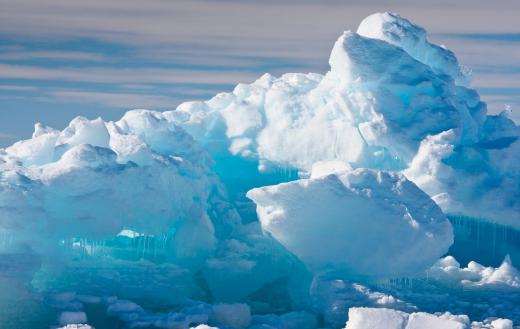What is the Significance of Beringia?
 Michael Anissimov
Michael Anissimov
Beringia is a large region around the present-day Bering strait, associated with the time when sea levels were 200 m (656 ft) lower than the present-day and a huge land bridge connected together Asia and North America. At its greatest extent, this land bridge was about 1,000 miles (1,600 km) from north to south. The term "Beringia" refers to the large expanse of tundra in the region, which was colonized by small bands of nomadic humans between about 22,000 and 16,000 years ago.
About 19,000 years ago was the Last Glacial Maximum, a period of time when continental glaciers covered much of northern Eurasia and North America. The only reason that Beringia was habitable at the time was because the heavily glaciated Alaskan Range, located to the east, absorbed much of the snowfall in the area, creating a "snow shadow" that prevented glaciers from forming in the Beringian tundra.

Genetic testing of modern humans coupled with anthropological evidence suggests that during the Last Glacial Maximum, a population of humans was isolated from its Asian ancestors in the Beringia region for at least 5,000 years. During this time, the entire Beringia region would have served as an ecological refugium for flora and fauna in the area, which otherwise would have been driven south or wiped out due to advancing glaciers. For a period, Beringia may have actually been surrounded by a wall of glaciers which prevented anything from traveling in or out.
Arrow heads, stone axes, carved bones, and the remnants of humans and domesticated dogs have been found at sites in what is left of Beringia, though most of the interesting sites are likely submerged. It is remarkable that humans were able to survive for thousands of years in this frigid climate. They had to contend with low temperatures and hostile animals such as cave hyenas, which competed with humans for cave sites and probably preyed on the young, old, and/or weak. The earliest evidence of human habitation in Alaska is contemporaneous with the local extinction of cave hyenas, leading some scientists to postulate that cave hyenas prevented humans from traveling east and into North America as the glaciers melted.
AS FEATURED ON:
AS FEATURED ON:











Discuss this Article
Post your comments